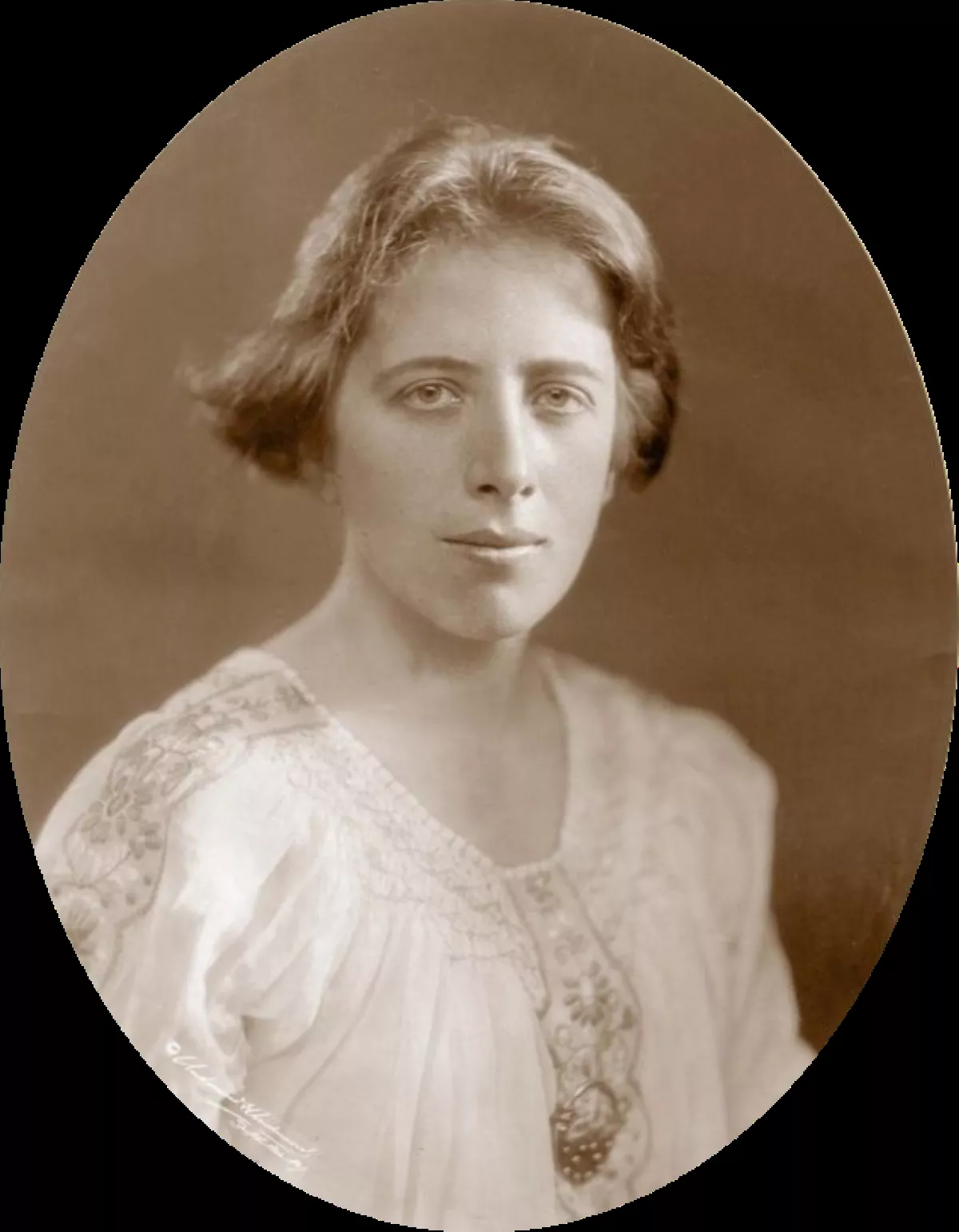 1.
1. Maire Comerford's parents were James Comerford, a flour and corn miller who owned the Comerford Mill, and Eva Mary Esmonde.

 1.
1. Maire Comerford's parents were James Comerford, a flour and corn miller who owned the Comerford Mill, and Eva Mary Esmonde.
Maire Comerford's father died when she was 16 and in 1911 she was sent to London to a secretarial school.
Maire Comerford returned to Ireland to live with her mother in the home of her uncle in Wexford, T L Esmonde.
Maire Comerford was in Dublin during the outbreak of the Easter Rising in Dublin and volunteered to aid Countess Markievicz in St Stephen's Green, but was turned away.
Maire Comerford returned to Gorey after the Rising and joined the local Sinn Fein branch where she worked alongside Sean Etchingham.
Maire Comerford supported the prisoners who had been taken in 1916 and the reordering of the Sinn Fein party from 1917.
Maire Comerford returned to Dublin shortly before the 1918 General Election, where she worked on Roger Sweetman's election campaign.
In 1920 Maire Comerford was sent to County Leitrim to work with local IRA leadership on organizational matters.
Maire Comerford supported the IRA in the Dublin area during the Irish War of Independence.
Maire Comerford helped to run the Irish White Cross, led by the Quaker James Douglas, which aimed to assist civilian war victims by raising money in the United States.
The war further split the Sinn Fein movement, and in 1923 Maire Comerford was arrested and held at the women's section of Mountjoy Prison.
Maire Comerford had been arrested for possession of a revolver.
Maire Comerford was held in solitary confinement for three months "because of her defiant attitude".
Maire Comerford was badly beaten and received stitches to the head, others were subject to beatings and humiliations and some were thrown down flights of stairs.
Maire Comerford remained a member of what was from then on generally seen as a committed group which would not compromise in terms of politics on constitutional matters.
In 1967 Maire Comerford worked on the restoration of the Tailors' Hall in Dublin, which had housed Wolfe Tone's nascent republican parliament in the 1790s, with the Irish Georgian Society.
Maire Comerford worked as a journalist until her retirement in the 1960s.
Maire Comerford discussed Irish nationalism and the women's movement, including the involvement of Hanna Sheehy-Skeffington.
Maire Comerford was buried in Mount Saint Benedict Cemetery in Gorey, Co Wexford.